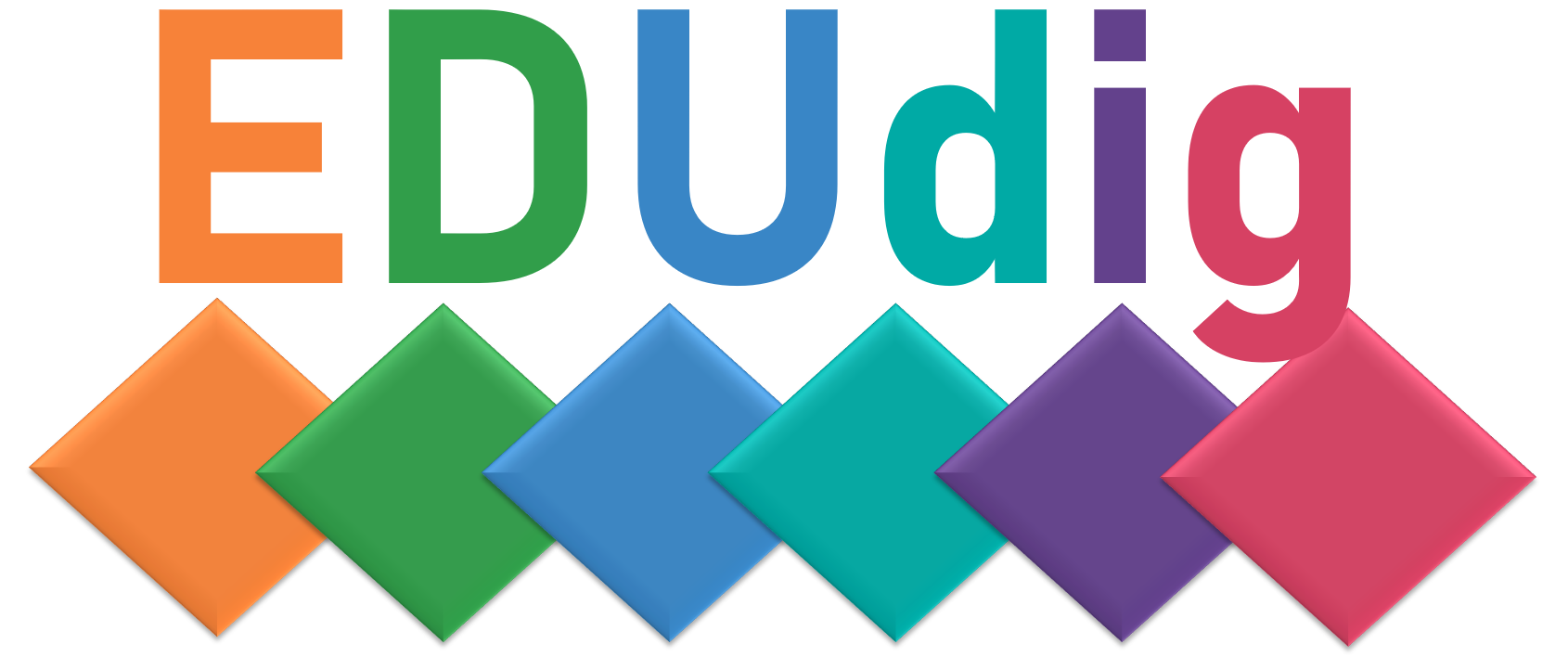A digital identity is an online identity adopted in cyberspace by an individual, organization or electronic device. Educators and students may also project more than one digital identity through multiple communities. In terms of digital identity management, key areas of concern are security and privacy. (Technopedia)
A digital identity is comprised of characteristics, or data attributes, such as the following:
- Username and password: how to create safe passwords, using a password manager
- Online search activities, like electronic transactions
- Date of birth
- Social security number
- Medical history
- Purchasing history or behavior
A digital identity is linked to one or more digital identifiers, like an email address, URL or domain name. Because identity theft is rampant, digital identity authentication and validation measures are critical to ensuring security also in educational settings.
Understanding this is paramount for educators and students and should be discussed or addressed as a learning activity on an appropriate level and scope. This can be done in an engaging way by utilizing interactive H5P tools or similar activities.
Multifactor authentication > institutional policy
If registering to an external service, check if the service offers multifactor authentication.
Being careful where to insert personal data. Phishing.
No requirement for students to register to external services such as FB.
IT services may not be able to support external services used for educational assignments.
